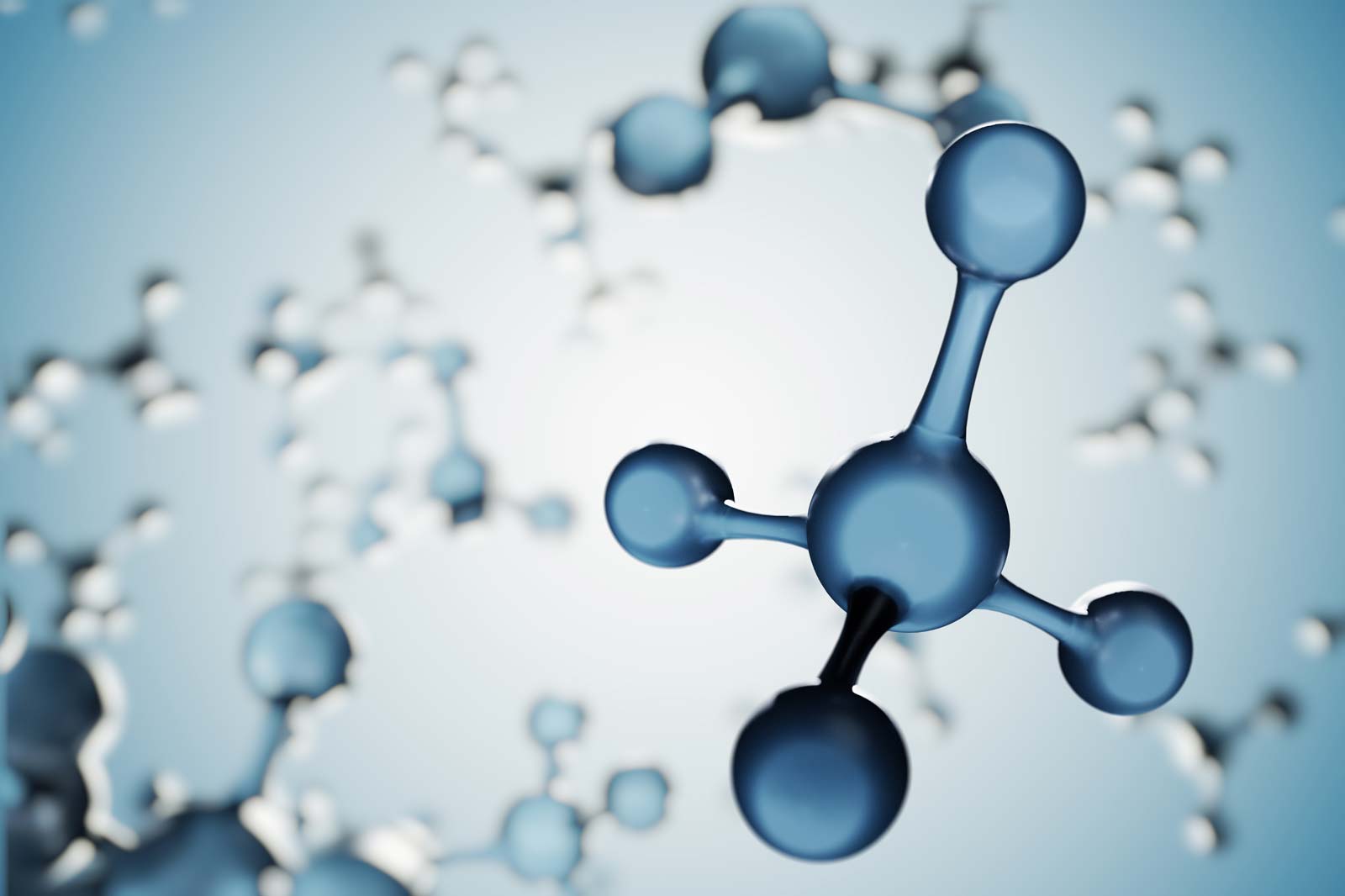With an annual production of 180 million tonnes globally, ammonia, a colourless gas, is one of the most important feedstocks for the chemical industry. Used as a base material for producing fertiliser, plastics and chemicals, the nitrogen-hydrogen compound is increasingly drawing the attention of the energy industry. Ammonia is widely expected to become the next-generation clean energy source because its combustion does not produce the greenhouse gas carbon dioxide. Depending on the source of the hydrogen part of the molecule, ammonia is denominated as either “blue” or “green”. If the hydrogen is generated using natural gas and the CO2 produced in the process is captured and stored, the final product is known as blue ammonia. Green ammonia is made from hydrogen that has been generated using electricity from renewable sources.
What makes ammonia so interesting for the energy industry is its composition. Since ammonia combines three hydrogen atoms with one nitrogen atom, it is the ideal medium for transporting hydrogen by ship. Using what is known as a “cracker”, the chemical elements of nitrogen and hydrogen are then separated again once they reach their destination and the hydrogen can be used as a fuel. Some gas turbines and ship engines can even burn ammonia directly to produce energy.


